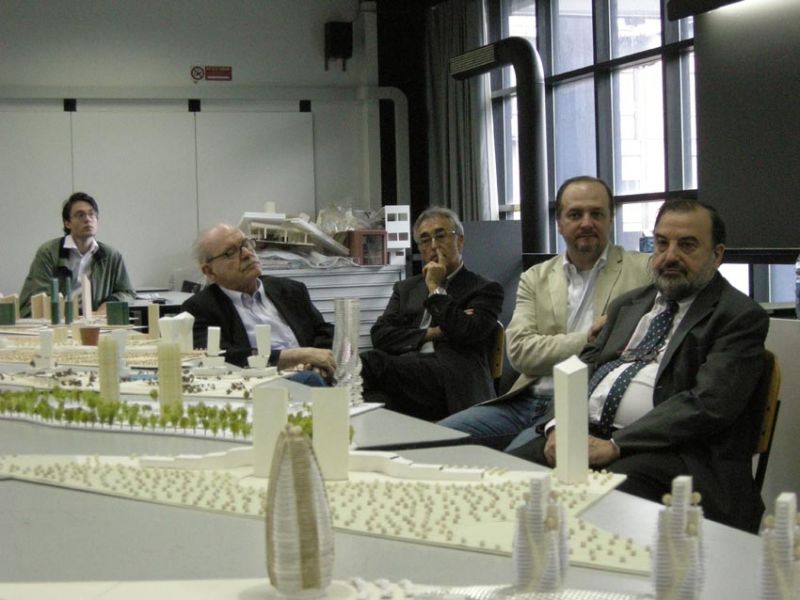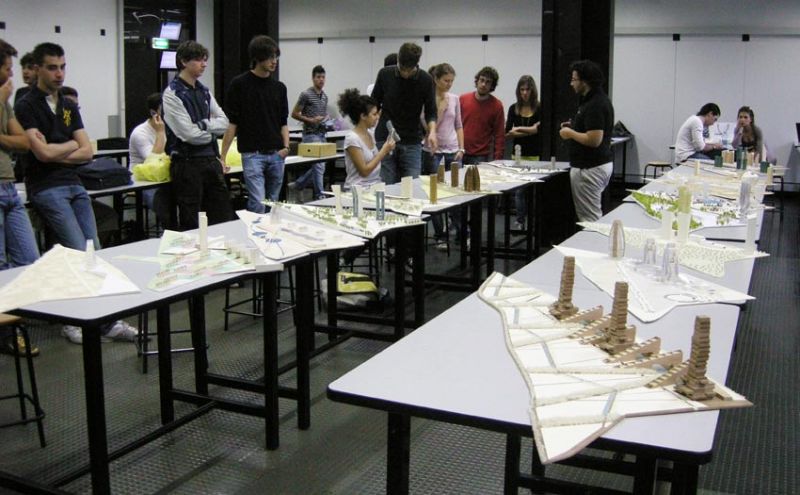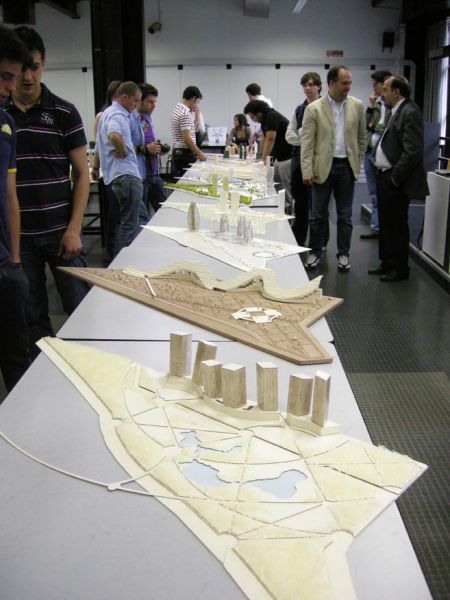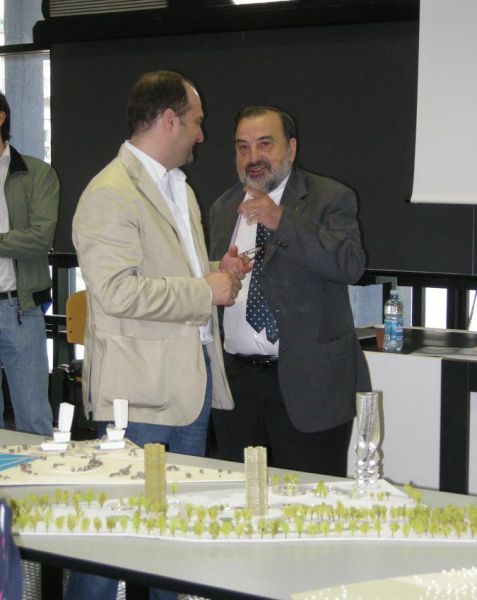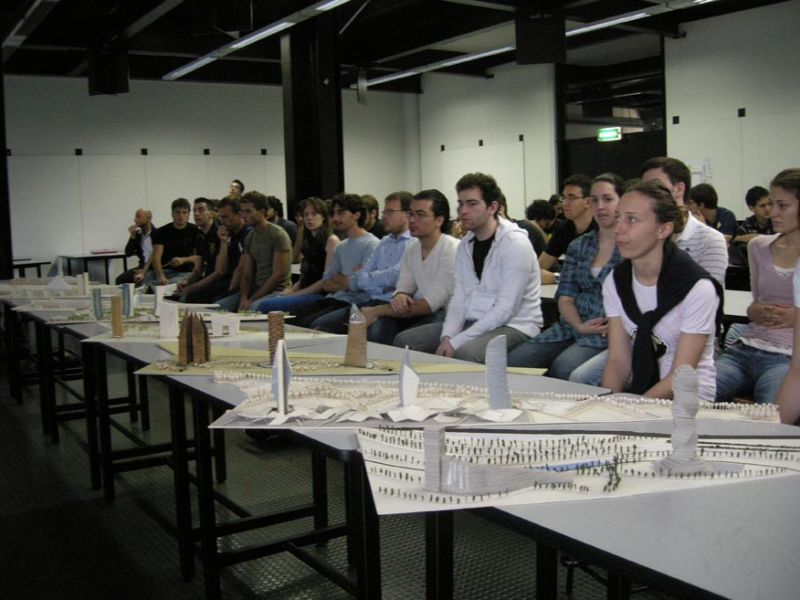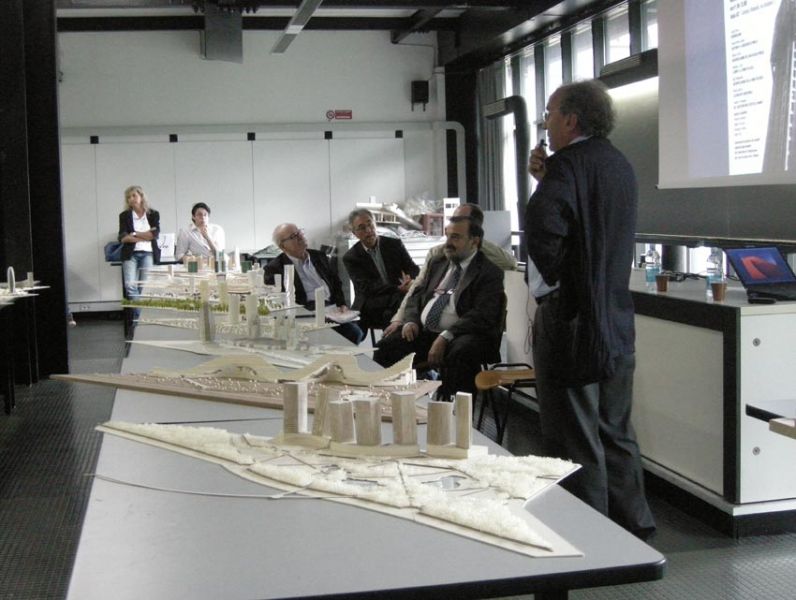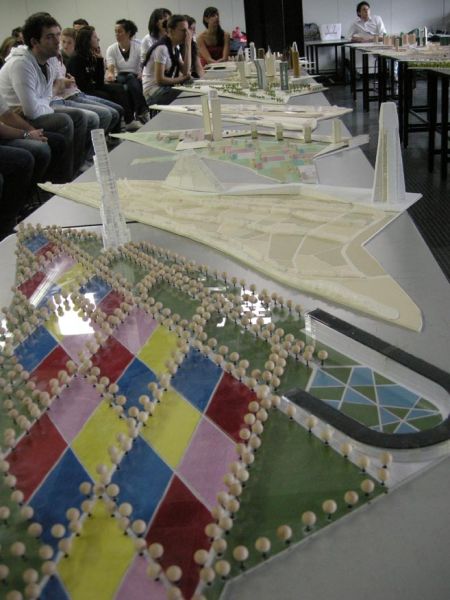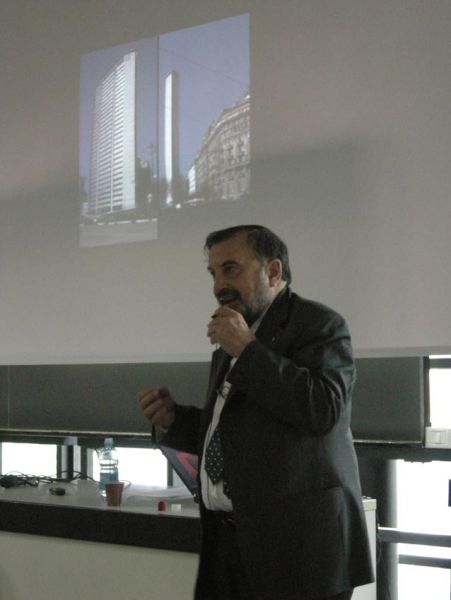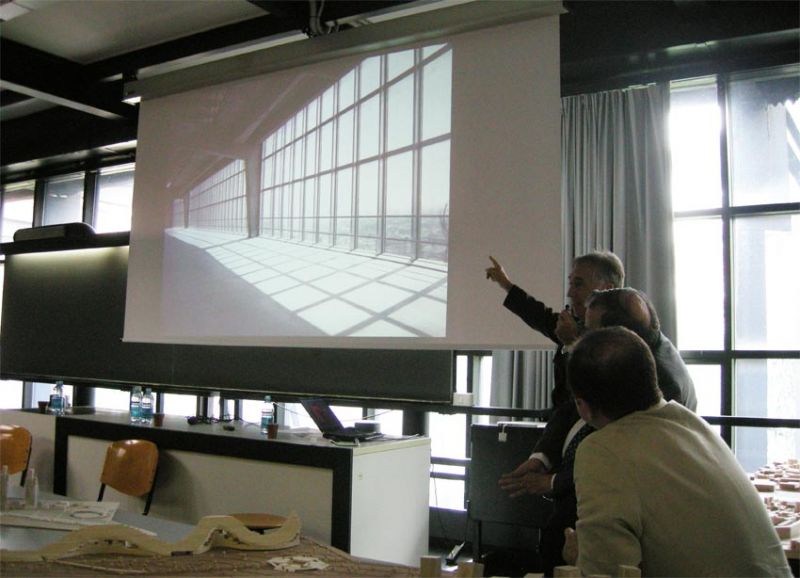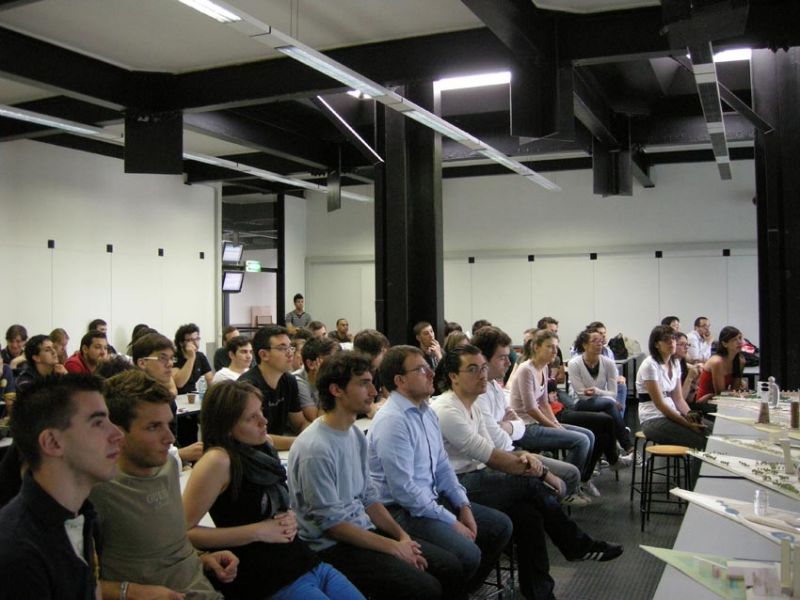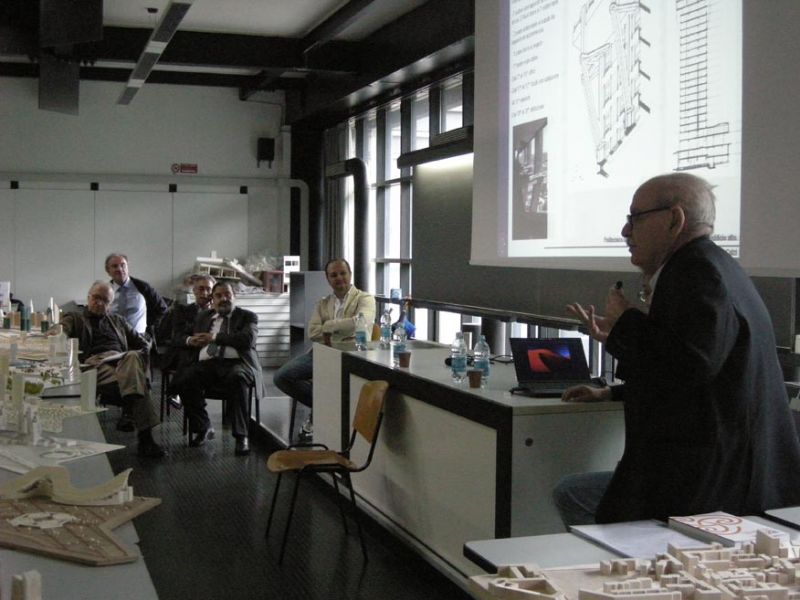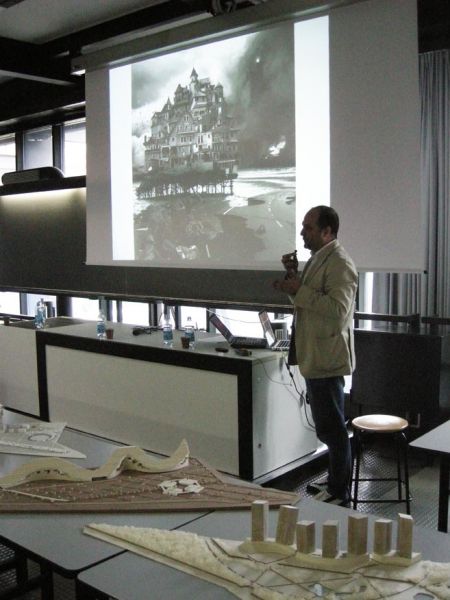This morning went off the seminar "The milanese way to the architecture of High Rise Buildings" organized by Professors Luigi Chiara and Joseph di Pasquale of the Department B.E.S.T. of the Faculty of Architecture and Society of the Politecnico di Milano, within the Design Laboratory.
A meeting about the architecture of the skyscraper is central to the contemporary architectural debate in the light of the transformation of the town of Milan that, in the near future, will see an increase in rise buildings.
Professor Louis Chiara, moderator of the seminar, introduced the relationship between the city and the tall buildings, analyzing the North American and European influences, from the sixties, led to the construction of vertical architecture in Milan.
The Pirelli Tower and the Velasca Tower, the most representative examples of the Milanese architecture developed in height, have been described and analyzed in terms of critical, formal and structural by architects direct witnesses of the birth of the two projects that made the history of contemporary Italian architecture.
For the Pirelli skyscraper, spoke Cesare Maria Casati, a pupil of Giò Ponti, pointing out the unique and innovative creativity of his teacher that desinged a symbol of the industrial power of the Pirelli family. Renato Sarno, head of the study RSG, then told about the restoration of the facade after the crash of 2002 and recognized as the building did not collapse immediately, demonstrating the high value of the project also from a structural point of view.
The tower Velasca was introduced by Epifanio Li Calzi, architect and collaborator of Ernesto Nathan Rogers.
Li Calzi them remarked as Ponti and Rogers, antithetical under a theoretical pint of view, were united by love for architecture. The birth of the tower was then told by Bico Belgiojoso, son of Luigi Belgiojoso, one of the members of the group of designers in Milan BBPR, who invented in 1956.
Next, the architect Joseph Pasquale opened his speech by underlining the high value of the testimony given by other speakers who were able to work directly with Ponti and BBPR firm: at their time they refer as peer to the main actors on the international scene. Di Pasquale said he hoped that the contemporary Italian architecture returns to speak at high levels in the design of skyscrapers, noting that the “high rise building” is a type found in Italian cities since the Middle Ages. He later described the internation state of the art through a rapid overview on the most innovative projects of skyscrapers designed worldwide.
In the classroom have been exhibited models of the projects developed by students of the Laboratory of Design for the area of Scalo Farini in Milan.






